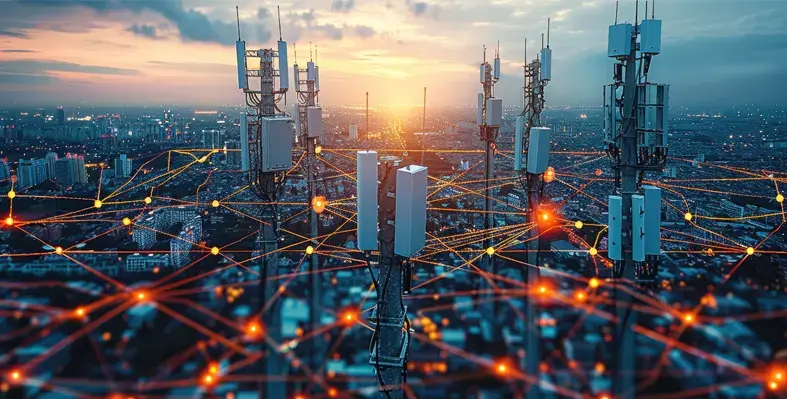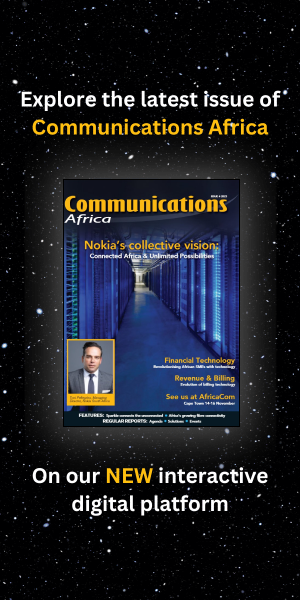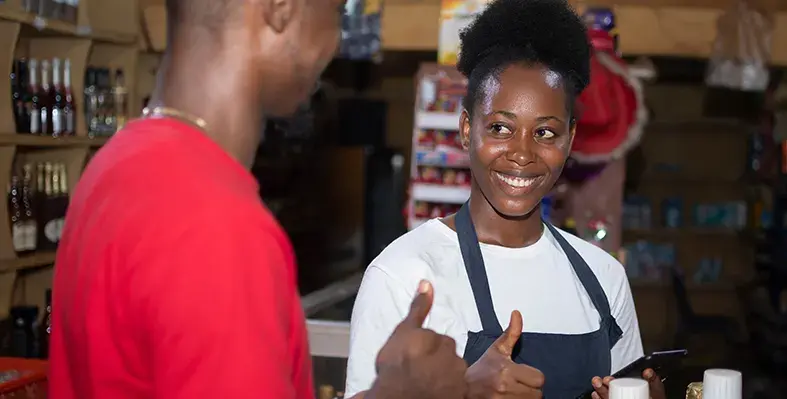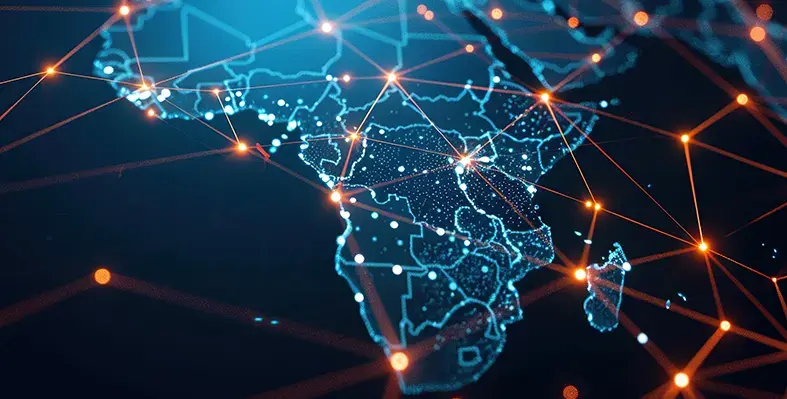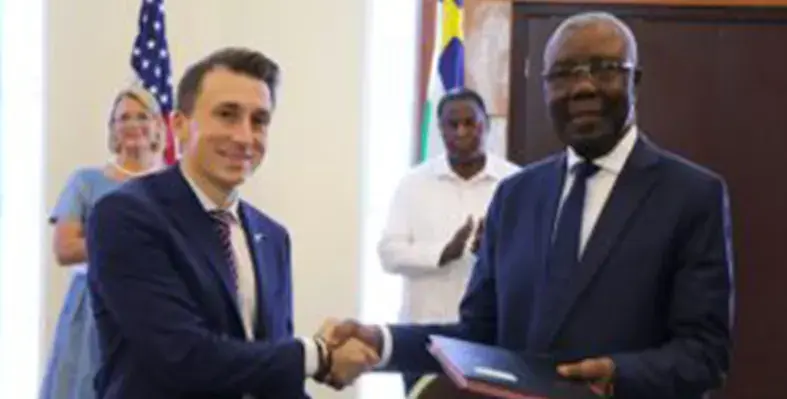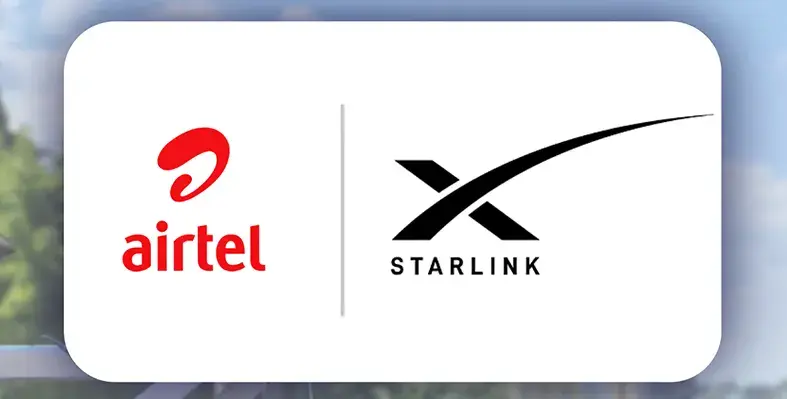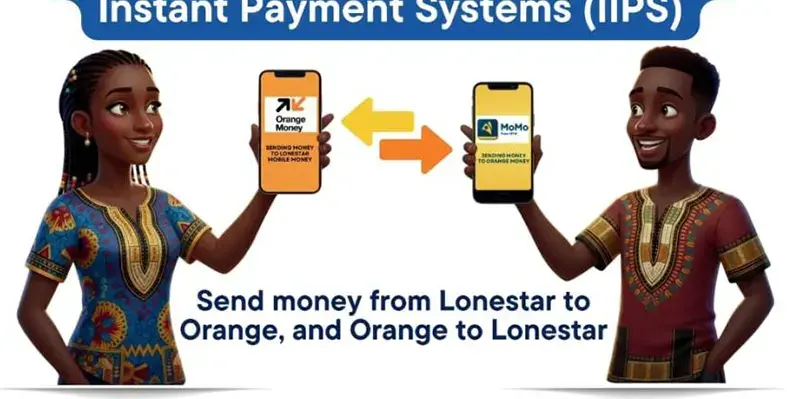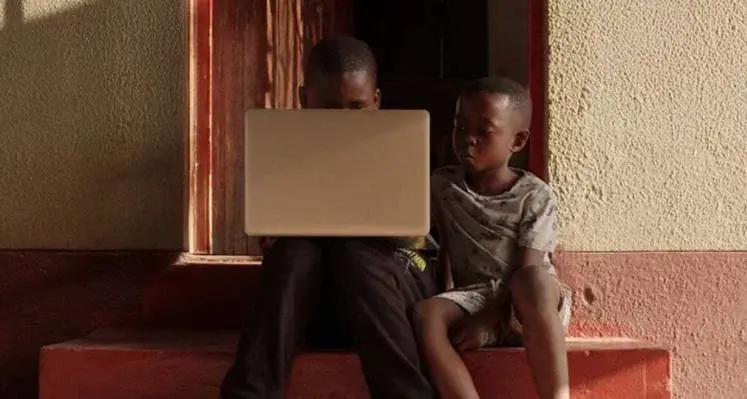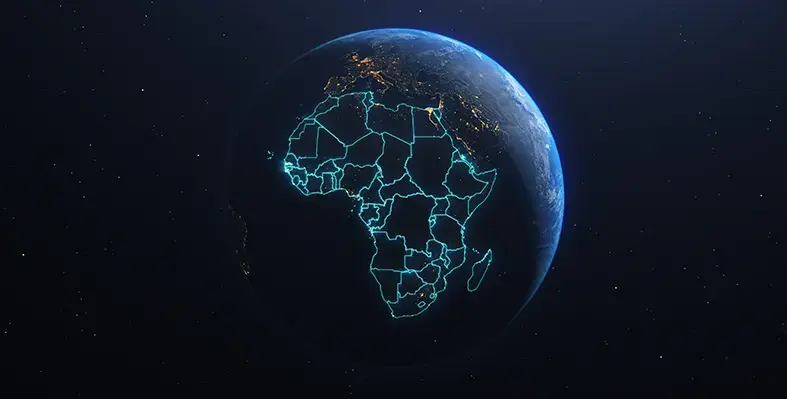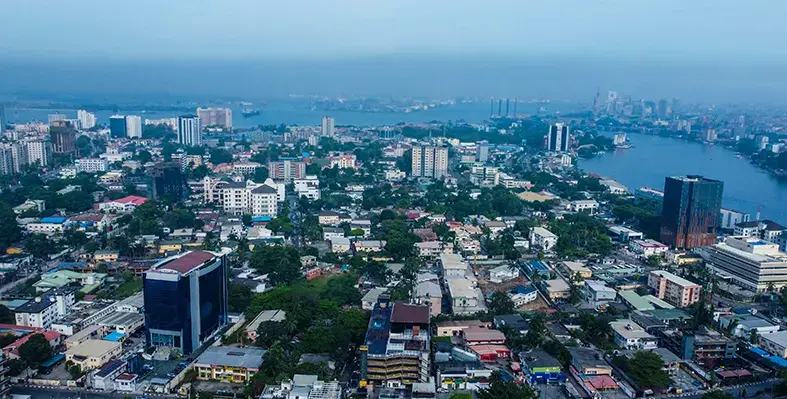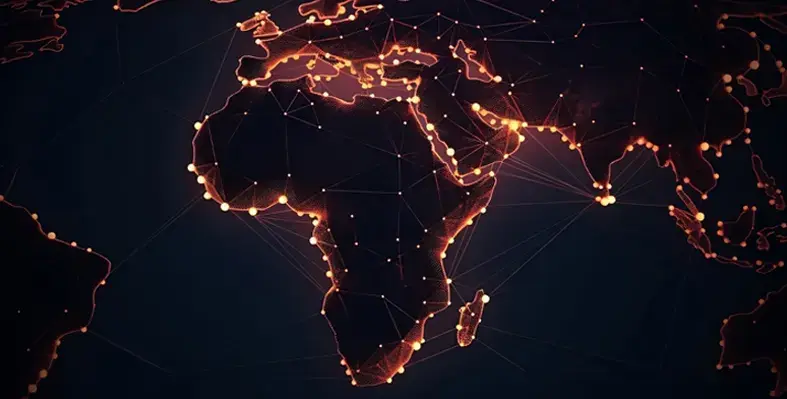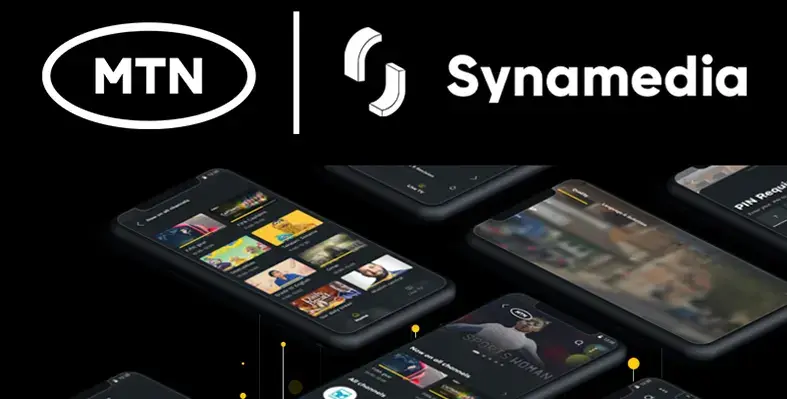
MTN partners with Synamedia to offer a cloud-based streaming platform for mobile and broadband users in Africa. (Image source: MTN)
MTN Group, the continent’s top mobile network operator, has teamed up with video software leader Synamedia to introduce a new streaming service designed specifically for both mobile and fixed broadband users in Africa
The initiative aims to make digital content more accessible and offer diverse entertainment tailored to evolving audience tastes across African markets.
The upcoming service will be powered by Synamedia’s cloud-based video delivery technologies, enabling a mix of live TV and on-demand streaming. It will support various revenue models—from subscriptions and free ad-supported streaming to hybrid formats—providing viewers with a range of flexible options. Each region’s platform will feature curated content that reflects local languages, cultures, and viewing habits for maximum relevance and audience engagement.
Synamedia’s robust technology stack will be integral to powering seamless content operations, enabling high-quality delivery and personalised user experiences. The platform is being developed to scale quickly and deliver consistent performance across MTN’s extensive footprint.
“We see a unique opportunity to transform video consumption in Africa with high-quality, accessible, and relevant content. This partnership enables us to leverage cutting-edge technology and deep customer insights to enhance entertainment experiences and drive digital inclusion,” said Selorm Adadevoh, group chief commercial officer at MTN Group.
Paul Segre, Synamedia CEO, added, “Thanks to MTN’s leadership and innovation, smartphone owners across Africa will be able to enjoy innovative linear TV and on-demand video. By taking advantage of the breadth of our integrated, cloud-based portfolio to quickly deploy new services at scale, MTN will be able to create a groundbreaking set of offerings for customers and viewers that will drive new revenues.”
The partnership marks a joint commitment from both companies to foster digital growth in Africa. With a focus on locally relevant content and cutting-edge technology, the new service aims to bridge the digital divide, support community development, and revolutionise how Africans consume entertainment.
Also read: MTN pioneers eSIM technology in South Sudan




